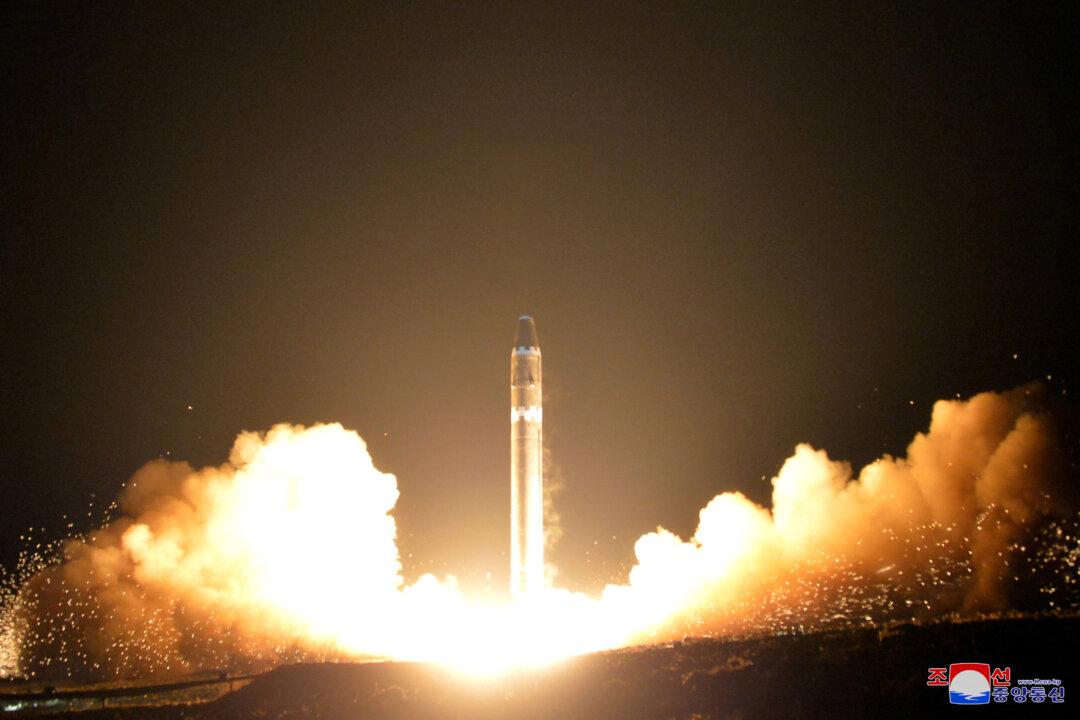Commentary
South Korea’s possible next leader wants the United States to redeploy to its territory tactical nuclear weapons that were withdrawn in 1991.

South Korea’s possible next leader wants the United States to redeploy to its territory tactical nuclear weapons that were withdrawn in 1991.